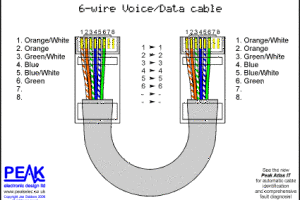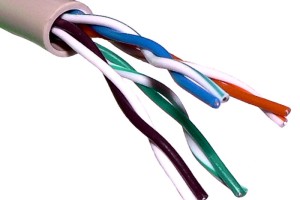Structured Cabling Standardization
As this most modern systems, standardization is structured cabling come about not through arbitrary decision, but through necessity. In the beginning of office, home and campus computer networking, the systems were usually fairly small, or at least localized to one space. No standards of use or organization were needed so long as these systems remained small. With the natural growth of these networks, however, it became obvious to those in the business of supplying, installing and maintaining them, that some standards needed to be put in place. Standardization would be useful, if only for the reason that it would make future growth, integration and management more effective.
Originally these standards in cabling were specific to the provider. If the network system was from IBM or a smaller carrier, each of those carriers had their own way of doing things. This provider-specific standardization worked so long as networks remained curtailed to single offices and required the materials of only one network company. As corporations grew, networks needed to grow with them, expanding to multiple sites and transactions. As technology shifted, businesses also became more reliant on networks to conduct operations. While growth is good for business, it began to create issues of integration. If one office branch had one network provider, and thus one set of materials and systems standards, it became difficult to find compatibility with another branch that might have a whole other set of standards and materials. This went beyond inconvenience, it began to cost companies money. Especially with the idea and necessity of globally interactive economic connection became a reality, it became essential that overarching standards be put in place for cable networking.
In 1991 The TIA/EIA, (Telecommunications Industry Association/ElectronicIndustries Association) created standards for structured cabling and inter-networking. These standards were then updated in 1995. As networks are designed and expanded they began to use up-to-date TIA/EIA cabling standards. These particulars ensure that new technologies are compatible with each other, and that they can also work with older technologies as well. They apply to the wiring of such systems as: 100BASE-T4, Token Ring 4, Token Ring 16 Mb/s, FDDI, 100VGAnyLAN, 100BASE-TX, 10BASE-T, and LocalTalk. 568 recommends structures for the main elements of networking, including:
- Building Entrance Requirements
Considerations for the point of origin where the cabling first enters the building.
- Equipment Room Storage
A space for the pricier and complicated tools and materials.
- Backbone Cabling (or vertical cabling)
The organization that carries info between different floors and broad spaces.
- Horizontal Cabling
This is the organization that carries info throughout a single floor.
- Work Area
This is the organization that carries info throughout s single work station.
Clearly, different office set ups will require different spacial problem solving and network webbing within this standardization. Topologies will differ depending on the specific needs of the company. This is however, a good baseline understanding to start from, beginning with a broad scope and becoming more specific to smaller nodes of the communication systems.




